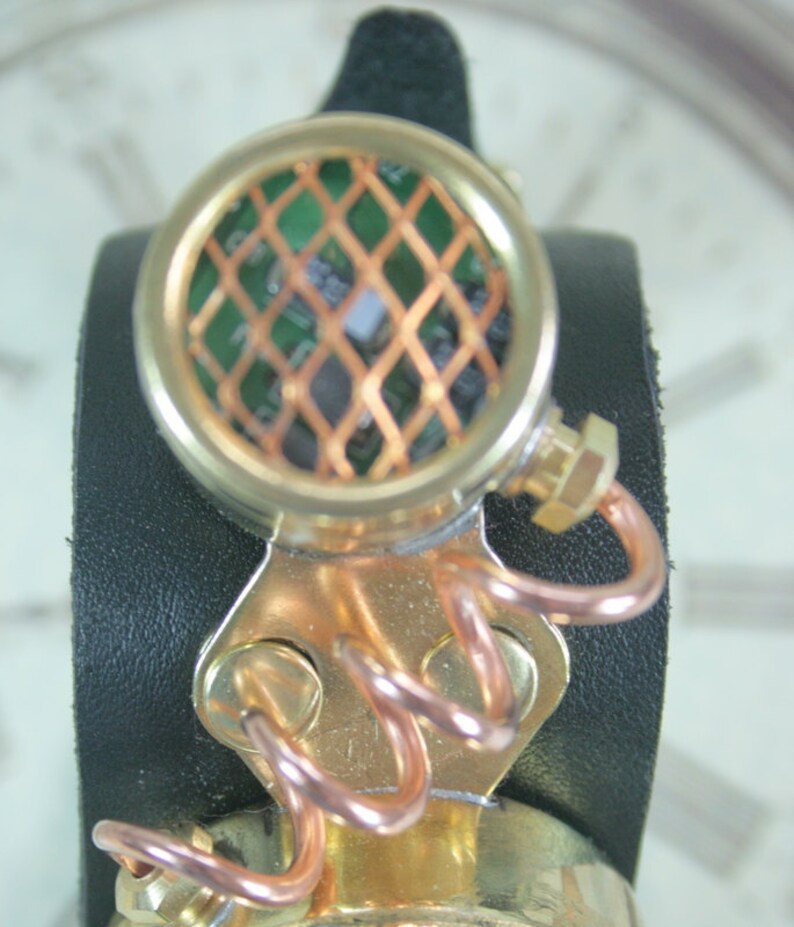

Many studies analysed the thermal effect and energy efficiency of these systems, although the association between these two goals in practice is not that simple. Personal conditioning systems (PCS) enable increased thermal comfort and acceptability conditions in a wider temperature range, resulting in energy savings.

A tendency for searching greater mobility was identified in the reviewed studies.
Embr wrist device portable#
radiant cooling and heating table heating and cooling panel fixed fans underfloor controllable systems Example of equipment: Portable fans portable evaporative cooler portable heaters chair systems (heated/cooled) 148] feet mattress table pad movable systems (RoCo) Example of equipment: garment with attachments 152,153] cooling/heating textiles thermal accessory like: pads to neck, belly, ankle, wrist, legs, and heated gloves, shoe insoles and socks wrist bands PCS selection can first be based on the classification criteria presented above: what kind of physical effect is produced, what is the type of equipment support, and what degree of mobility does it allow. The wearable systems, as shown in the Table 7c images, do not face this barrier because, instead of being part of the building as fixed or portables systems, they are in direct and constant contact with the users, which allows total mobility. This review aspires to guide scientists and professionals toward the improved design or the audit of test room experimental facilities, especially in countries and climate zones where human comfort indoors is under-studied. Nevertheless, some lacks in comfort investigation are highlighted: some continents (like Africa and South America) and climate zones are found to be underrepresented, while involved subjects are mainly students performing office tasks. These research trends have entailed a change in the way test rooms are designed, equipped and controlled, progressively becoming more realistic inhabitable environments.

A growing interest in non-thermal sensory domains (such as visual and air quality) and multi-domain studies about occupant's whole comfort emerged from the results. The review highlights a rising interest in the topic during the last years, since 46% of related papers has been published between 20. This review identifies 187 existing test rooms worldwide: 396 papers were systematically selected, thoroughly reviewed, and analysed in terms of performed experiments and related test room details. Identifying common features would allow standardising test procedures, reproducing the same experiments in different contexts, and sharing knowledge and test possibilities. Nowadays, there is no common understanding for definitions, concepts, and procedures related to human comfort studies performed in test rooms. To improve the understanding of human comfort, which is crucial to reduce energy demand, laboratory experiments with humans in controlled environments (test rooms) are fundamental, but their potential also depends on the characteristic of each research facility. Occupants’ comfort perception affects building energy consumptions.

It is an appropriate tool for addressing the problem of thermal discomfort in moderate indoor environments. These results indicate that this low-power, wearable device improves whole-body thermal sensation, comfort, and pleasantness. Subjects are found to optimize the device settings for pleasantness, not for the intensity of sensation. The effect is even more pronounced (corrective potential up to 3.3 ☌ over periods of 3- and 45-min) when subjects are given control of the device's operation. In three thermal comfort tests conducted in a climate chamber with N = 49 subjects and temperatures between 20 and 28 ☌, the device exhibited a corrective potential of 2.5 ☌ within 3 min for both warm and cool populations, while consuming ∼1 W of power. A 6.25 cm2 wearable device, Embr Wave, delivers dynamic waveforms of cooling or warming to the inner wrist. This study evaluates a novel approach to PCS that leverages the time-dependence of human thermal perception. Personal comfort systems (PCS) address this individual variability, and also enable more energy-efficient thermal conditioning in buildings by reducing the need for tight indoor temperature control. Thermal discomfort is a widespread problem in the built environment, due in part to the variability of individual occupants' thermal preferences.


 0 kommentar(er)
0 kommentar(er)
